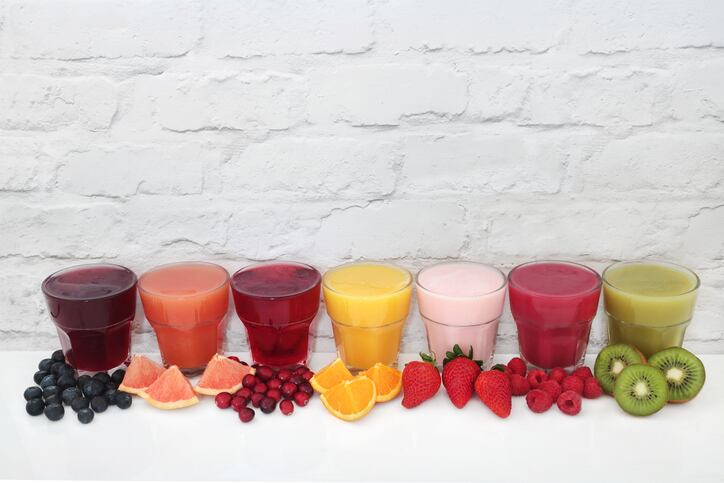In Brazil, 56.9% of adults are overweight while 20.8% are obese, according to 2014 data from Brazilian Institute of Geography and Statistics (IBGE).
In this study, researchers from the Federal Universities of Viçosa and Minas Gerais found an inverse association in the price of ultra-processed foods regarding both overweight and obesity; the cheaper ultra-processed products, the more prevalent the rates of overweight and obesity.
For each 1% increase in the price of ultra-processed foods, there was a mean 0.33% decrease in the prevalence of overweight and of 0.59% in that of obesity. Previous research on US adults identified the same inverse relationship between price and obesity.
“The price of ultra-processed foods was inversely associated with the prevalence of overweight and obesity in Brazil, mainly in the lowest socioeconomic status population. Therefore, the taxation of ultra-processed foods emerges as a prominent tool in the control of obesity,” they conclude.
Ultra-processed food intake rising
Healthy diets, mainly composed of non-ultra-processed items, have become increasingly more expensive in relation to unhealthy ones, especially in developing countries. In Brazil, this is still not the case - in this study, ultra-processed foods were more expensive than non-ultra-processed foods, costing R$4.36 (US$1.83) per kilo compared to R$3.03 (US$1.27) per kilo – although the consumption of ultra-processed food is on the rise.
Between 2003 and 2009, its contribution to total calorie intake increased from 20.8% to 25.4%, according to research by Professor Carlos Monteiro, who developed the NOVA system of classifying food according to its degree of processing (see below).
The scientists therefore argue that making ultra-processed food more expensive could be beneficial to public health.
“Our results indicate the adjustment of the price of unhealthy foods [is] a political action capable of influencing the advance of the obesity epidemic, mainly in lower income populations,” they write. “These results are consistent with previous findings that also noticed greater effects for lower income populations.”
The study
Using data from the national Household Budget Survey from 2008-2009, which collected information from over 55,500 households, the researchers extracted purchase information such as quantity and cost, and then classified the products according to the NOVA system: unprocessed or minimally processed foods; processed culinary ingredients; processed foods; and ultra-processed foods and drinks.
In addition to food purchase data, the household budget survey also included data on weight and height that allowed the researchers to calculate body mass index (BMI), and sociodemographic information.
One limitation of the study, however, was the absence of data on food purchased outside the home, which accounts for around 17% of the calorie intake for the average Brazilian.
According to the authors, the study is the first to focus on the relationship between the price of ultra-processed foods and obesity, using nationally representative data from a large middle-income country.
The NOVA system
The NOVA classification system was devised in 2009 by Brazilian researcher Carlos Augusto Monteiro, and forms the basis of Brazil's official dietary guidelines.
It includes four groups:
Unprocessed or minimally processed foods include fresh, dry, or frozen fruit and vegetables; packaged grains and pulses; flours made from corn, wheat, rye; pasta; eggs; fresh or frozen meat and fish and milk.
Processed culinary ingredients such as sugar, oils, fats, salt and other substances extracted from foods or nature used to season and cook.
Processed foods such as vegetables in brine, fruits in syrup, salted meat and fish, cheese and freshly made unpackaged breads.
Ultra-processed foods include soft drinks, packaged snacks, and confectionery; mass-produced packaged breads; reconstituted meat such as hot dogs and chicken nuggets; instant soups and noodles; and industrially pre-prepared pizzas, pies, and ready meals.
Source: Nutrition, Metabolism and Cardiovascular Diseases
“Association between the price of ultra-processed foods and obesity in Brazil”
Available online ahead of print, https://doi.org/10.1016/j.numecd.2019.12.011
Authors: Camila Mendes dos Passos, Emanuella Gomes Maia et al.




